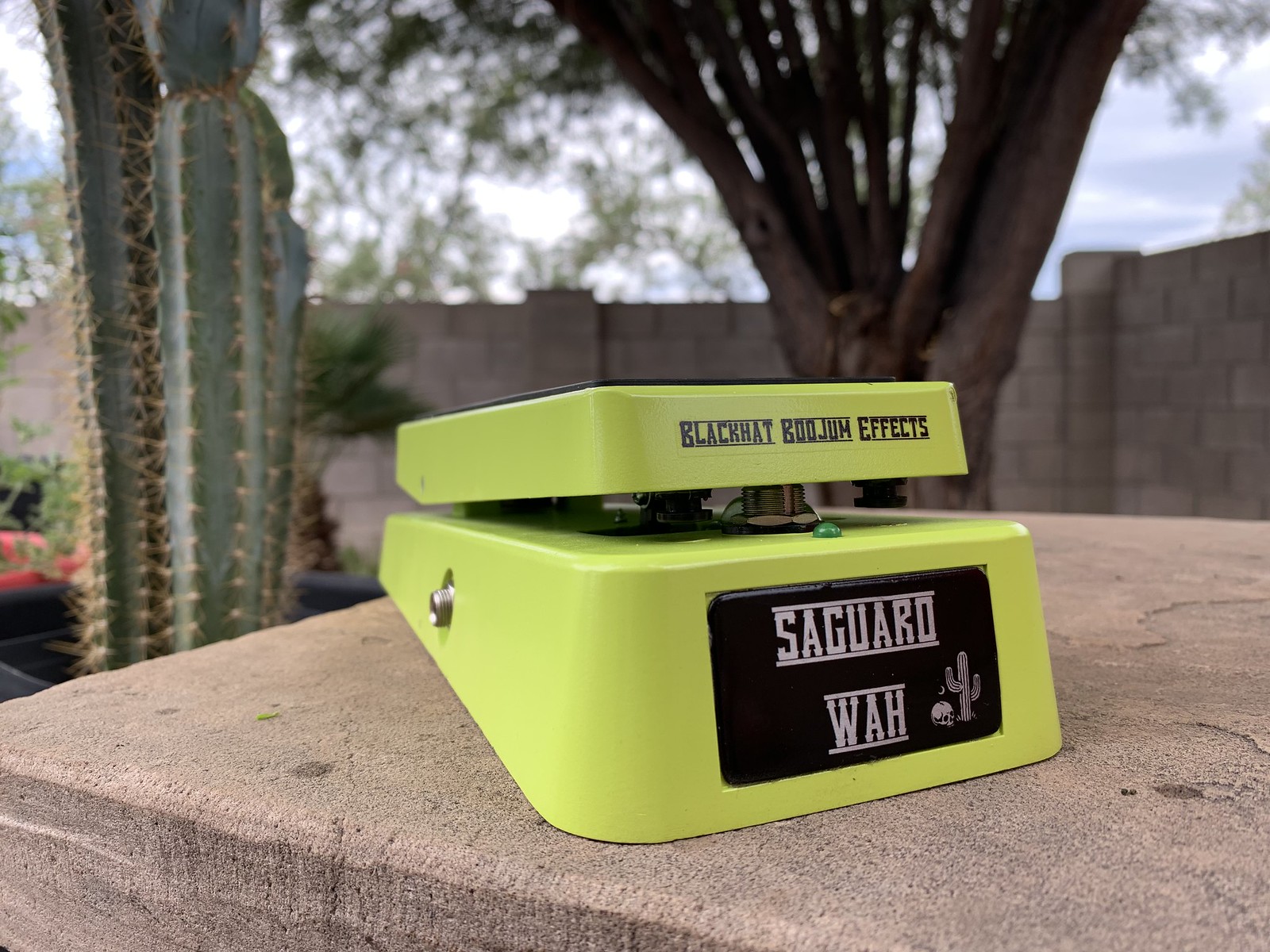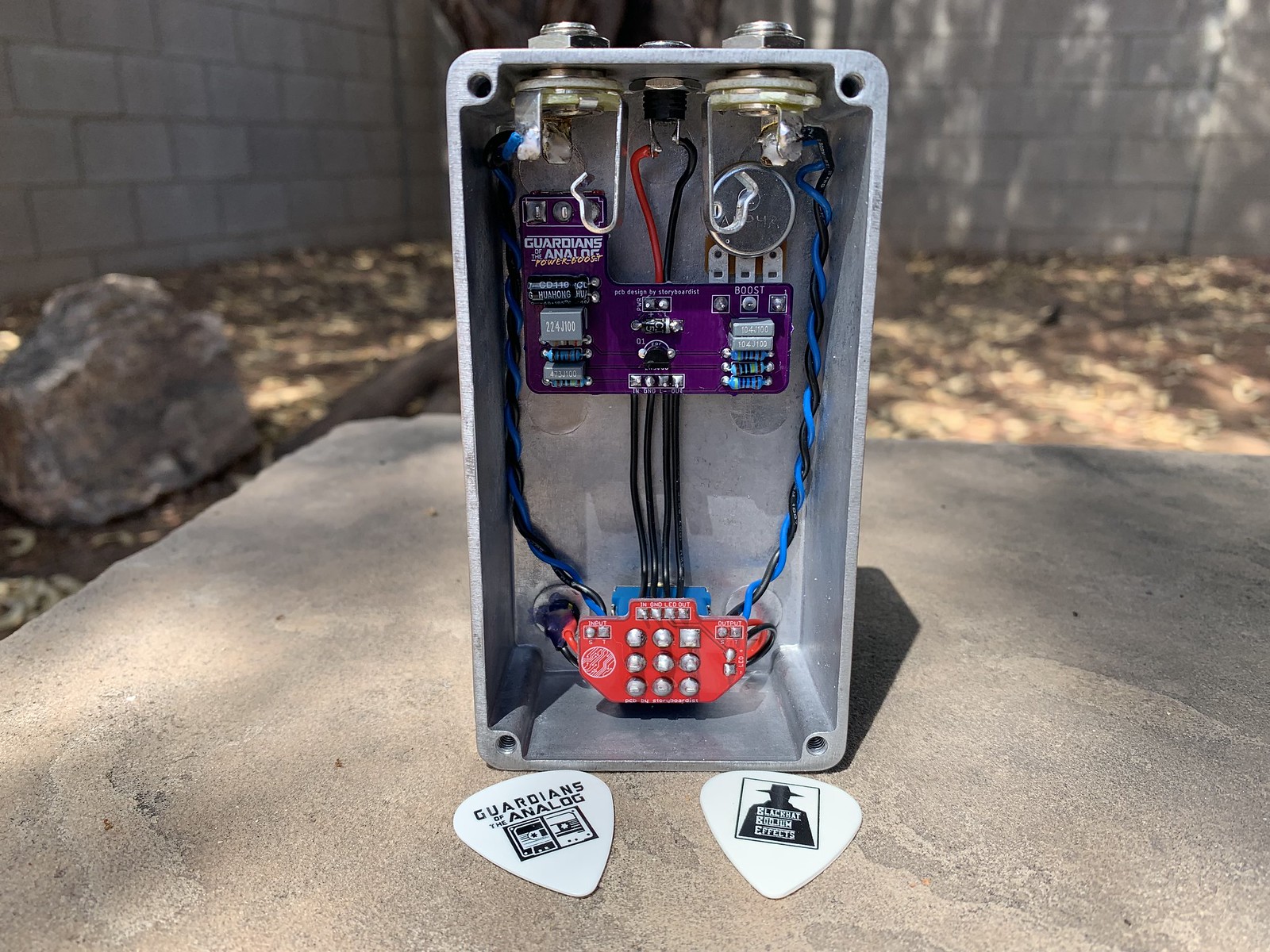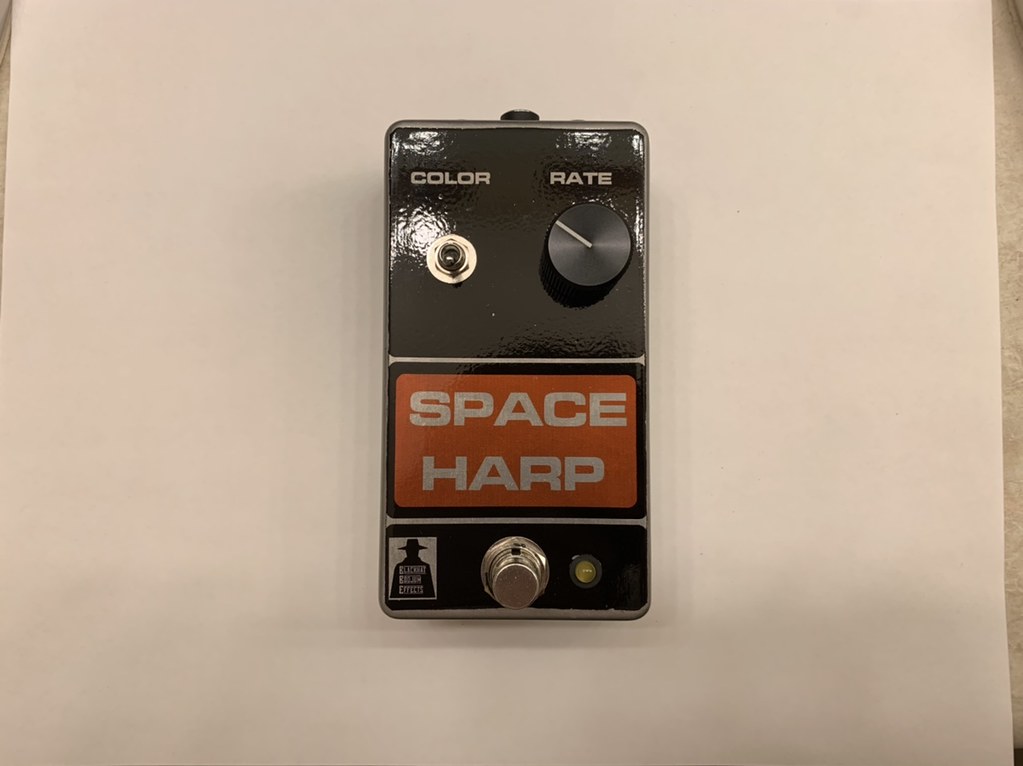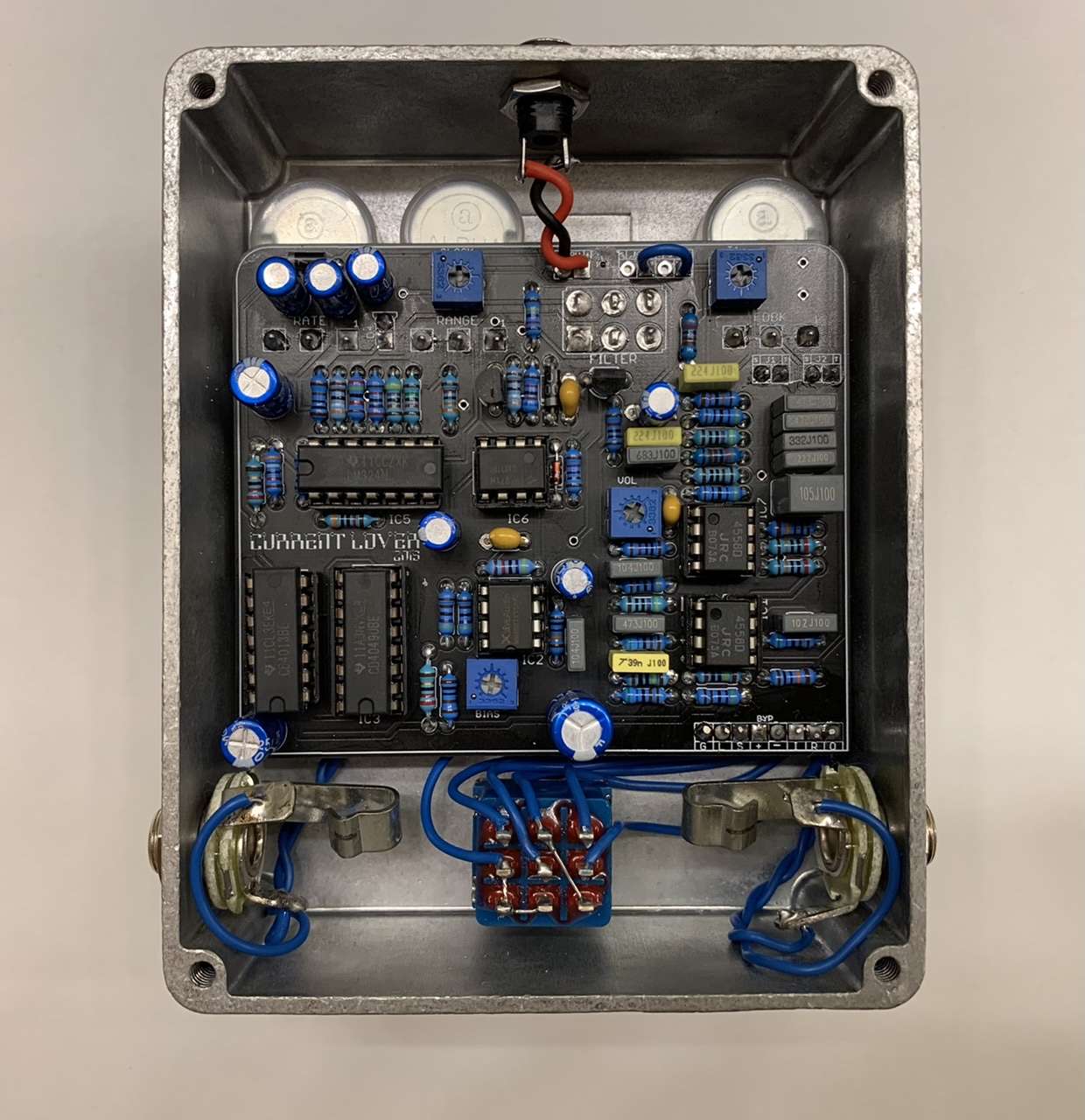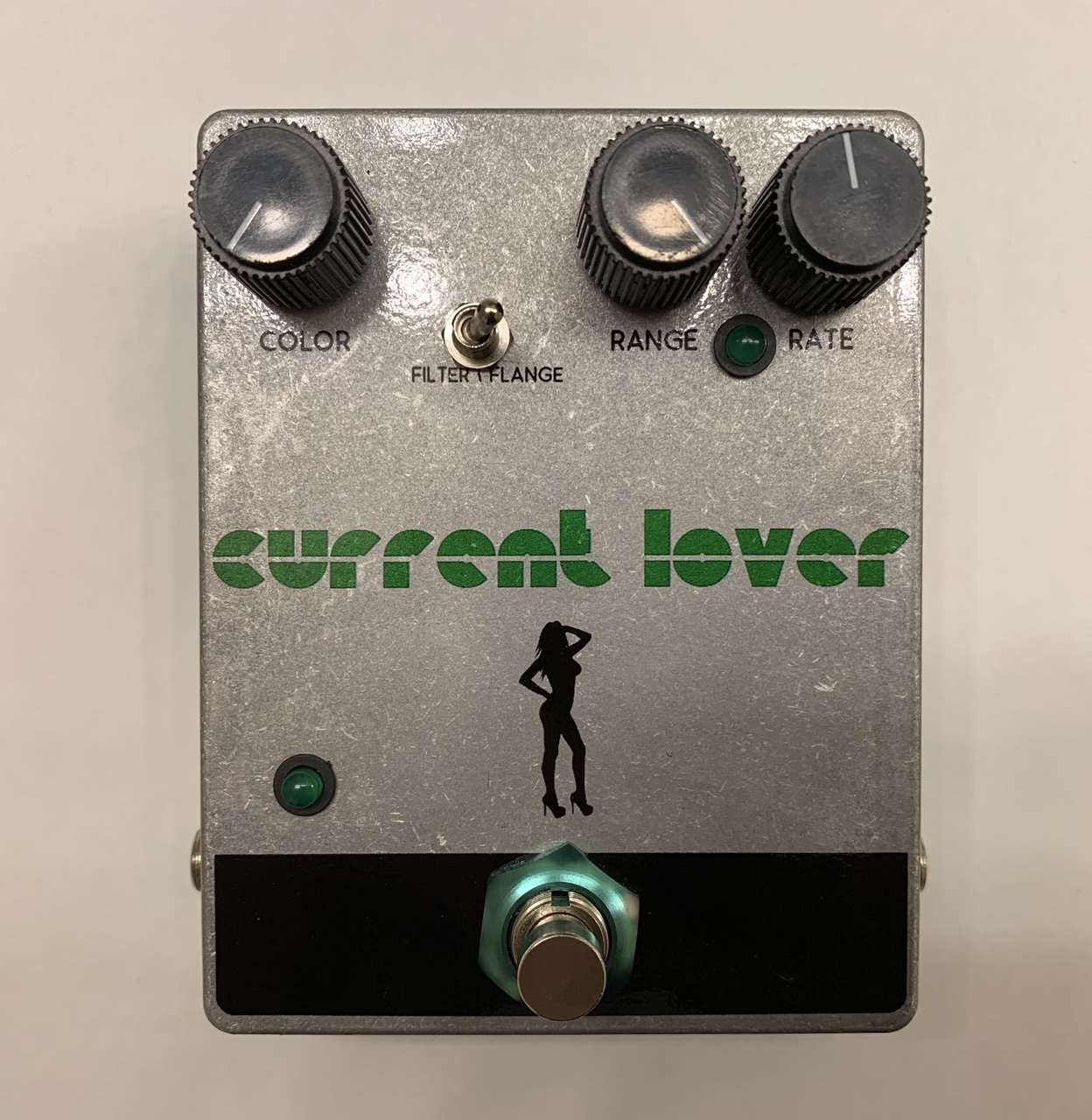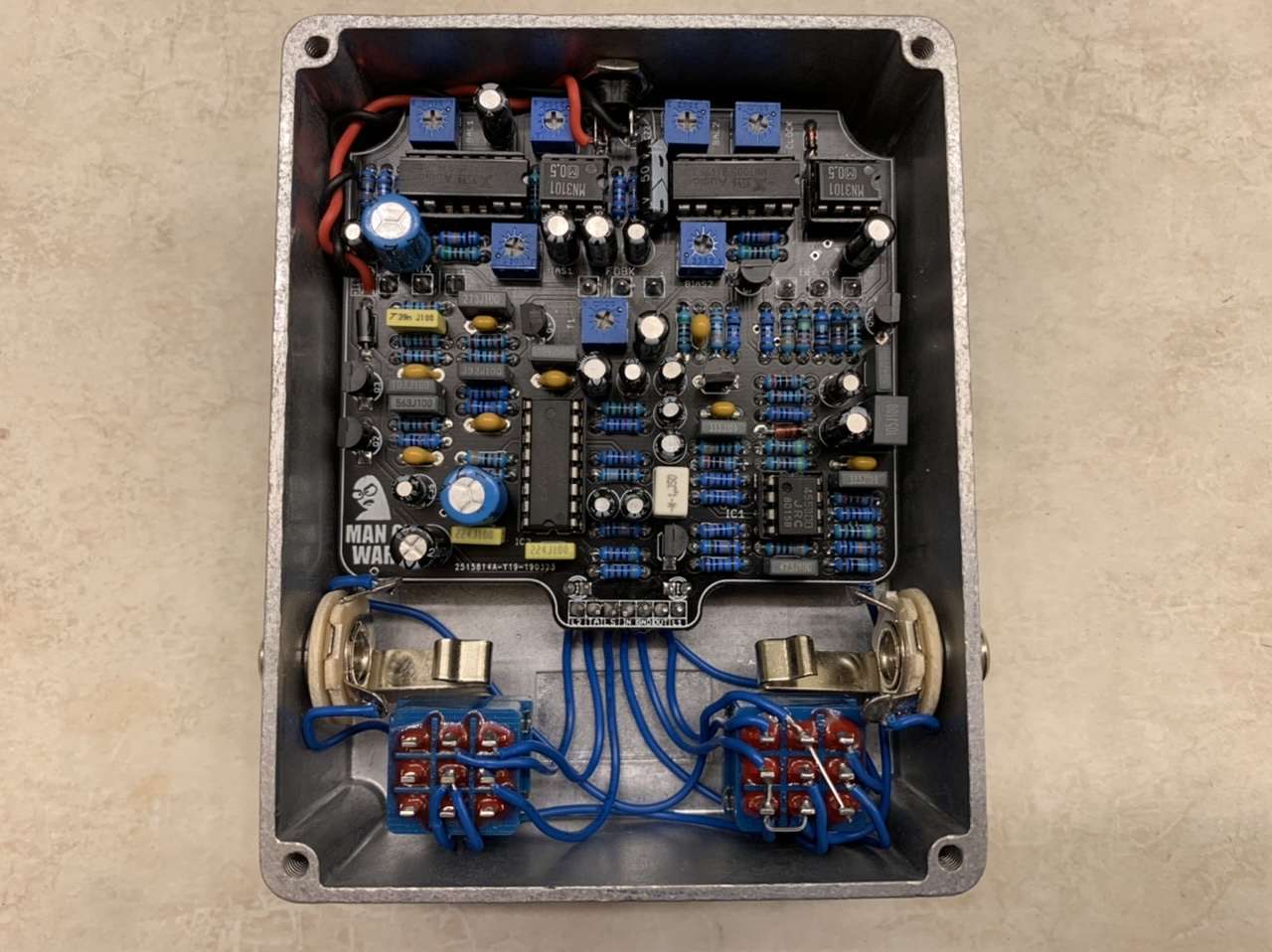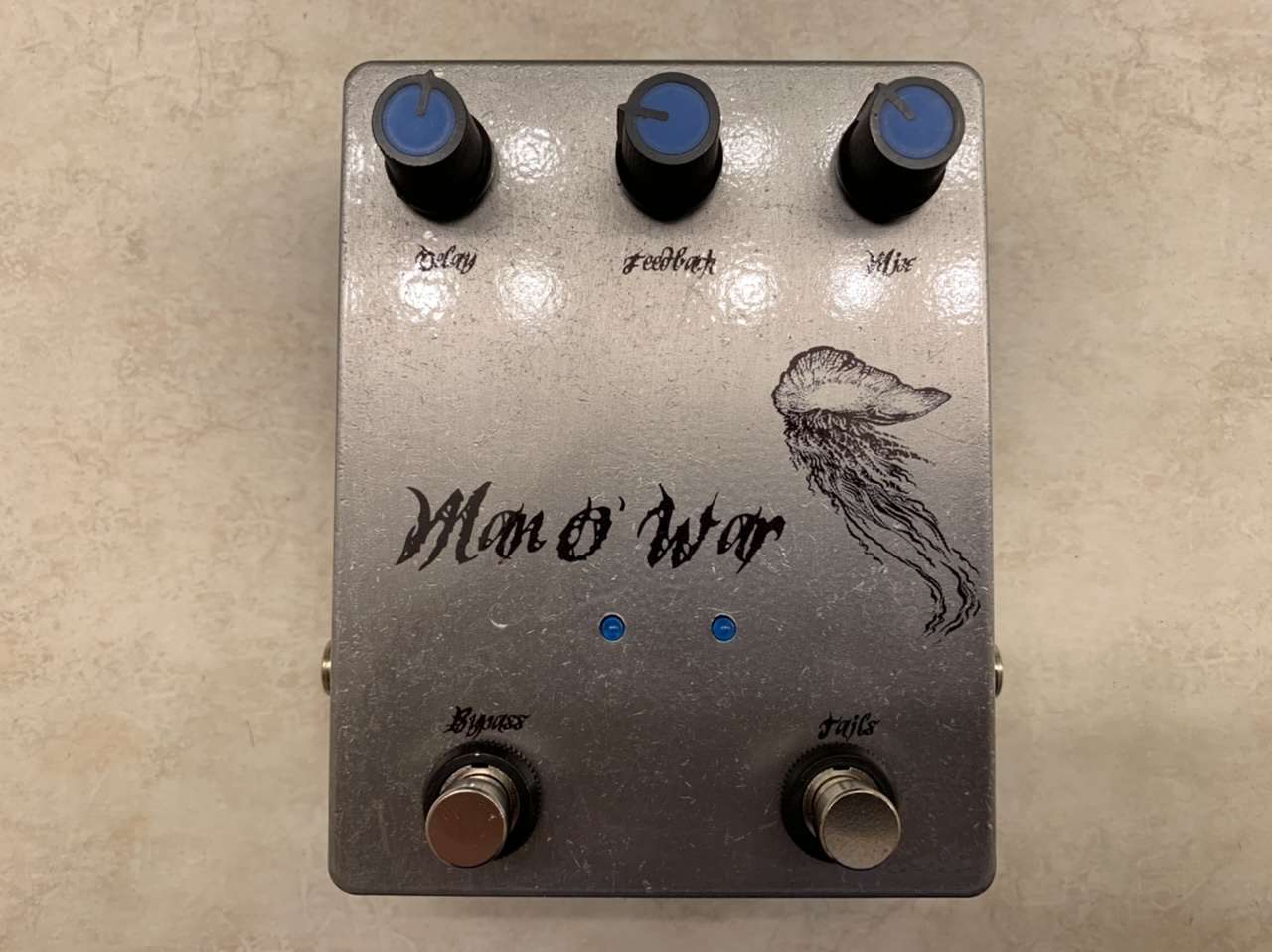I've already talked at great length about the mighty saguaro cactus before so, I'll spare everyone that long winded story. What I will talk about, is how this particular build came to be. The truth is... I'm out of steam when it comes to this hobby. I've built over 50 pedals and successfully built some of the most complicated circuits available in the diy effects community. Having nothing left that I wanted to build or add to my collection, the only thing I could think of to push myself further was design and have a pcb made. That's exactly what I've done with this build. Not knowing a damn thing about this sort of thing, I decided to start small and chose a simple circuit that I would actually use to teach myself pcb design software. A wah circuit is simple enough and because our fearless leader makes his EAGLE library available for download, that was the direction I went. I gotta say, I'm pretty proud of myself for pulling off a working pcb having never messed with anything like this before. I say that but also, all credit really goes to Brian. I used his component library and essentially his Weener Wah layout in my pcb design. Yes, there are some differences but, it's pretty obvious where I drew inspiration from. I even messaged him about this project idea because I didn't feel right having the pcbs made without Brian's blessing. Having received the go ahead, I had a handful of pcbs made and I'm quite pleased with the results. It's nothing special or groundbreaking but, hot damn... I did a thing. As far as what the saguaro wah actually is... well, it's just a hybrid of vox and Dunlop branded wah circuits. It has certain values of resistor and capacitors in certain places, that sound best to me for my amp and pedal board setup.





 ? In all seriousness though, I spent about 40 minutes contrasting and comparing this build with my OG Baron of Arizona flanger. I can honestly say, there's little to no difference between the sound of my MN3207 BF-2 and this one. This latest build has a slightly lower overall noise floor and flange wasn't quite as deep with the depth knob maxed but, that was the only difference I could hear. Those two things could easily be chalked up to part tolerances so I'm not reading too much into it. Both sound exactly like a Boss BF-2 and I can dial them in to sound exactly the same. Outside of that, there's not much else I can say. Same color enclosure, same artwork, and I used white knobs instead of black for this one. That's pretty much it.
? In all seriousness though, I spent about 40 minutes contrasting and comparing this build with my OG Baron of Arizona flanger. I can honestly say, there's little to no difference between the sound of my MN3207 BF-2 and this one. This latest build has a slightly lower overall noise floor and flange wasn't quite as deep with the depth knob maxed but, that was the only difference I could hear. Those two things could easily be chalked up to part tolerances so I'm not reading too much into it. Both sound exactly like a Boss BF-2 and I can dial them in to sound exactly the same. Outside of that, there's not much else I can say. Same color enclosure, same artwork, and I used white knobs instead of black for this one. That's pretty much it.




 .
.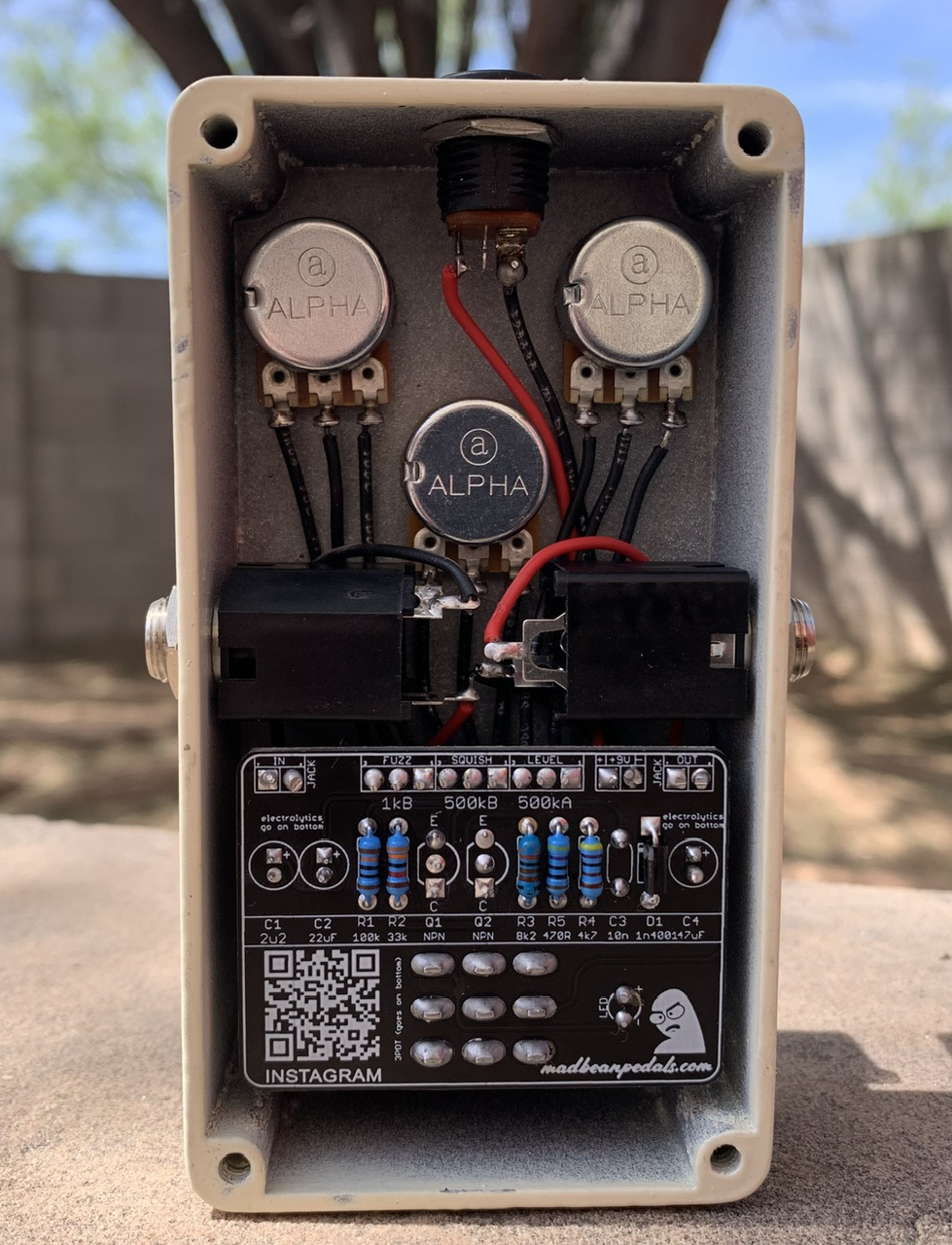



 . I've already talked at great length about this circuit and my graphic inspiration in a previous build report. Therefore, I'm keeping this one pretty short. This is my second BF-2 build on the Fraudhacker pcb and like the first one, I love it. I used a Tayda matte violet enclosure on this build and the better quality foot switch Tayda offers. That's pretty much the only difference between this build and my first one. Set this one up just like my first build using the Boss service notes and playing them side by side, both builds sound exactly the same. Well... that's pretty much it. Time for me to go play with my flanger collection
. I've already talked at great length about this circuit and my graphic inspiration in a previous build report. Therefore, I'm keeping this one pretty short. This is my second BF-2 build on the Fraudhacker pcb and like the first one, I love it. I used a Tayda matte violet enclosure on this build and the better quality foot switch Tayda offers. That's pretty much the only difference between this build and my first one. Set this one up just like my first build using the Boss service notes and playing them side by side, both builds sound exactly the same. Well... that's pretty much it. Time for me to go play with my flanger collection 





 .
.







